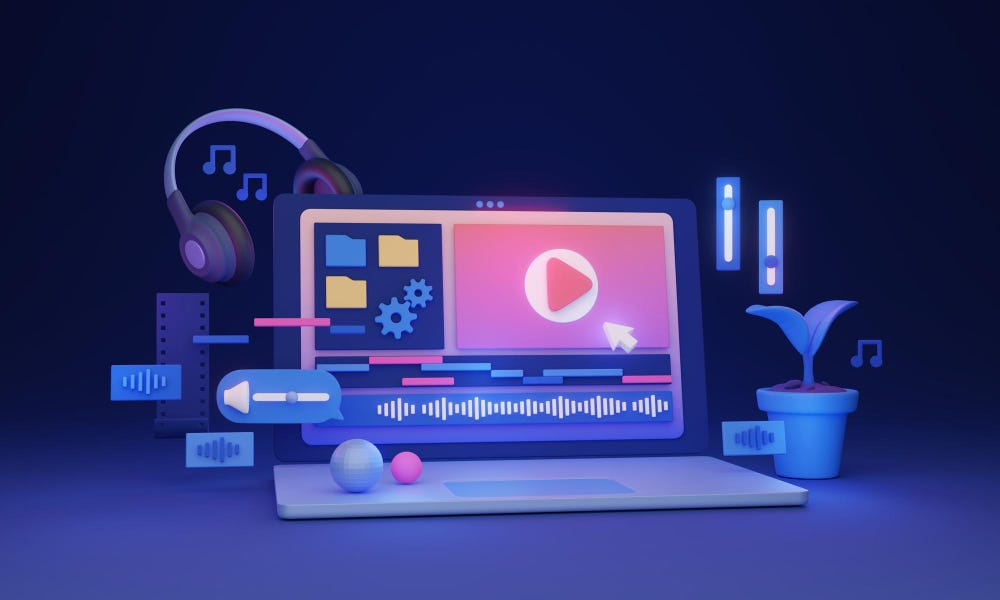Imagine this: you are scrolling through a website and a logo subtly animates as you land on the homepage. A product image shifts into view, effortlessly drawing your eye. A short explainer video plays, turning a complex idea into a visual story you understand in seconds. You may not realise it immediately, but you are experiencing motion design in action.
Motion design, often called motion graphics, is the art of bringing graphic elements to life through animation, timing, and movement. It is everywhere—from websites and apps to advertisements, explainer videos, and social media content.
But it is far more than eye candy. It is a storytelling tool that enhances communication, boosts engagement, and helps brands stand out in an increasingly noisy digital world.
What Exactly Is Motion Design?
At its core, motion design is graphic design in motion. It merges elements like typography, icons, illustrations, and shapes with animation principles such as timing, easing, and transitions. While traditional graphic design creates static images, motion design adds an extra dimension—movement, which helps guide attention and convey ideas more effectively.
Modern motion design is used in:
- UI/UX animations (like loading screens or button transitions)
- Brand animations (logo reveals, visual identities in motion)
- Explainer videos (animated guides to products or services)
- Social media content (eye-catching reels, stories, or ads)
- Presentations and broadcast media
Why Does Motion Design Matter?
In today’s content-saturated digital landscape, attention is a rare commodity. Motion design offers a way to capture and hold that attention more effectively than static content alone.
1. It Simplifies Complex Ideas
Animated graphics make it easier to explain technical or abstract concepts by visualising the narrative step by step.
2. It Enhances Brand Identity
Motion helps solidify brand personality. A fluid, elegant logo animation communicates something entirely different than a bold, punchy transition.
3. It Engages and Retains Users
Well-timed micro-animations in interfaces can guide users intuitively, reducing cognitive load and improving user experience.
4. It Makes Content Memorable
Movement catches the eye. Users are more likely to remember a message delivered with animation than with plain text or static imagery.
The Creative Process Behind Motion Design
Behind every smooth transition or animated logo is a structured creative process:
- Concept & Script
Define the message, tone, and key visual elements.
- Storyboarding
Map out the sequence of motion and flow.
- Design
Create all static elements before animating.
- Animation
Use software like After Effects or Lottie to bring visuals to life.
- Sound & Timing
Add music, voiceover, or sound effects to enhance impact.
It is a collaborative discipline, often involving designers, animators, copywriters, and developers.
Looking Ahead: The Future of Motion Design
With advances in web animation libraries, mobile app capabilities, and interactive design, motion design is only becoming more essential. Brands that embrace movement in digital environments are more likely to connect emotionally with their audiences, communicate clearly, and stay ahead of the curve.
Conclusion
Motion design is no longer a “nice to have”—it is a strategic asset. Whether you are telling a brand story, demonstrating a product, or enhancing a user interface, animation can make the experience richer, smoother, and far more memorable.
In a world where design needs to do more than look good, motion gives it a voice.



